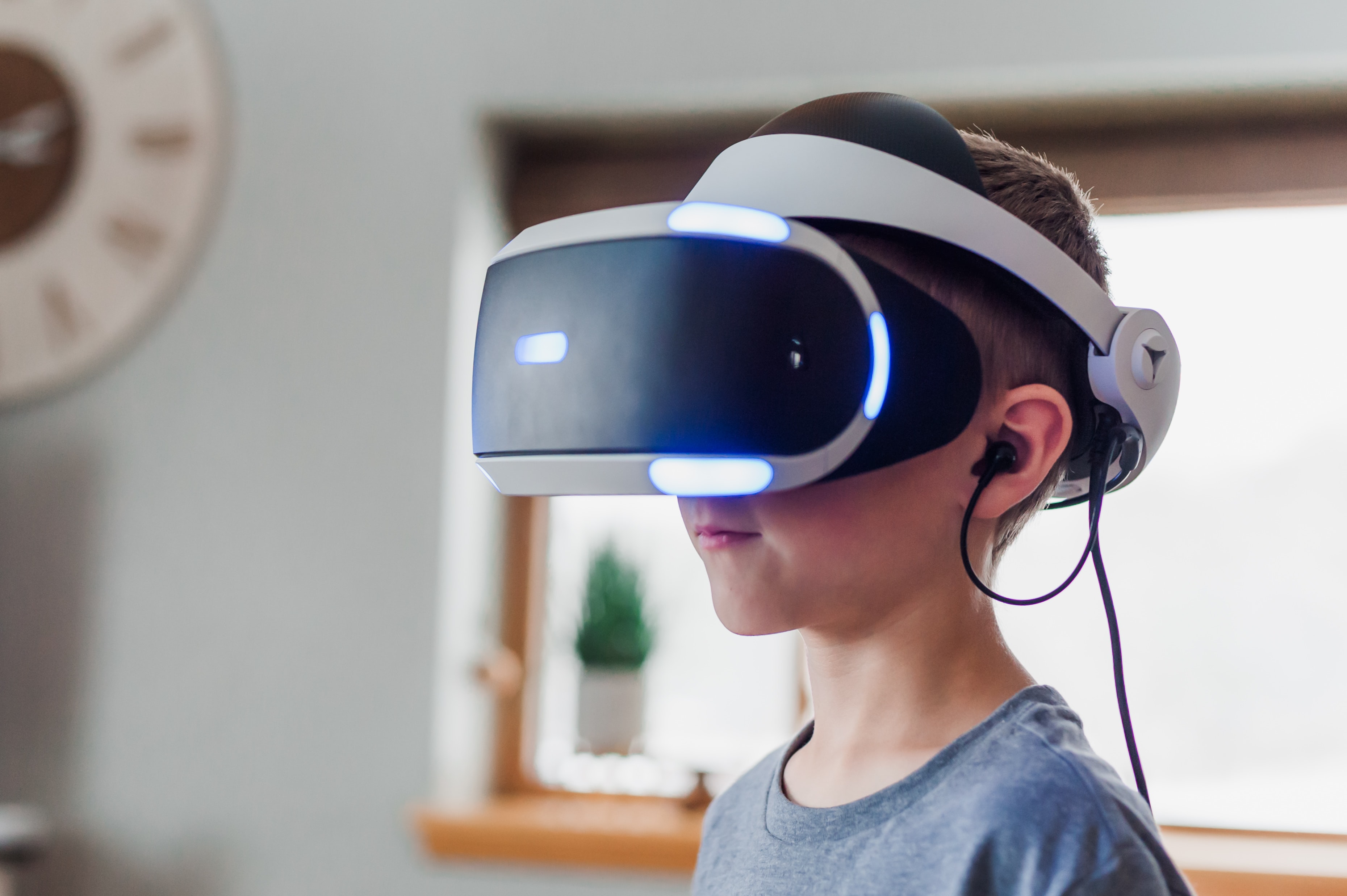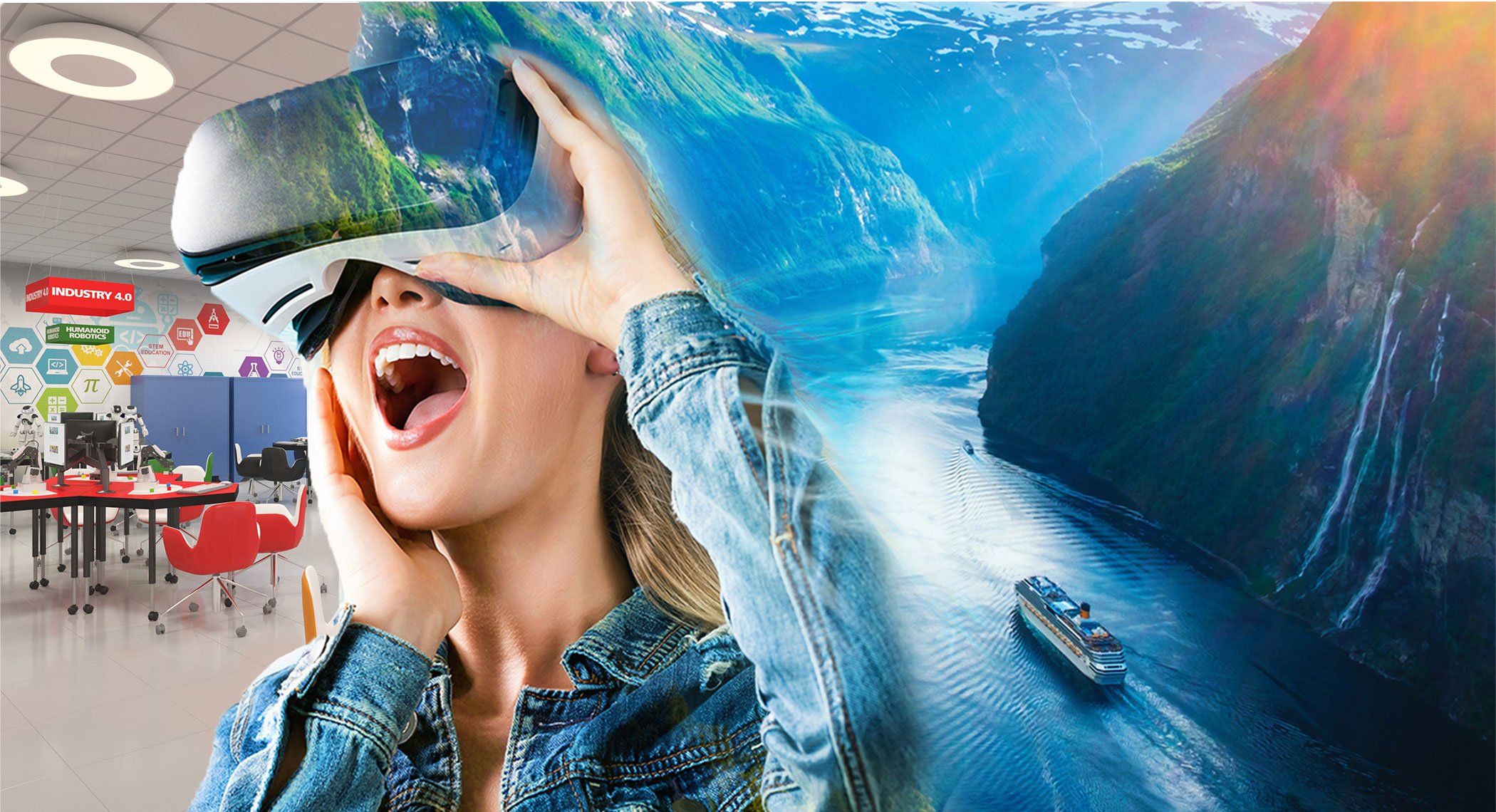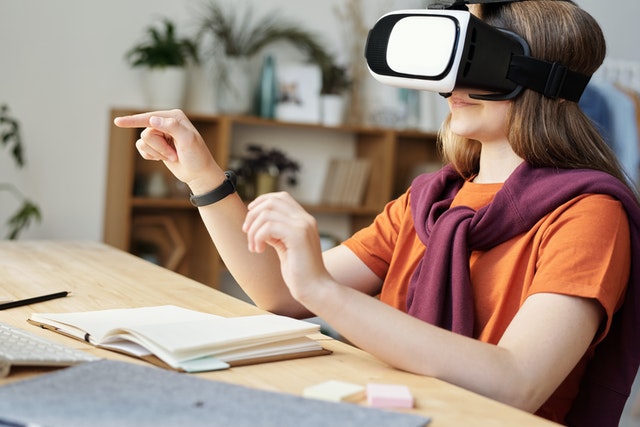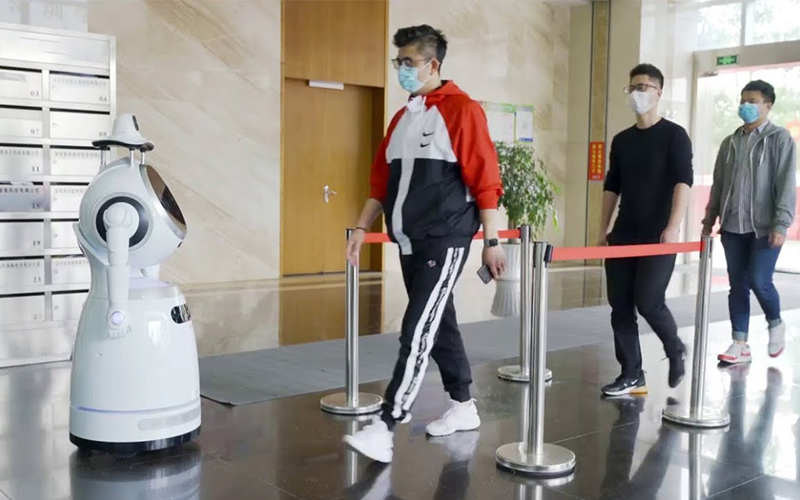4 Ways to Support Students During Online Learning
By CHRISTINE FLOYD
 Photo by Beci Harmony on Unsplash
Photo by Beci Harmony on Unsplash
Online learning swept across the country in early 2020, but it isn't without its hurdles-here's how to help students navigate their new reality
- 0 Comments
- Feb 5, 2021 10:00:00 AM
- Posted by Natalia Galvis
- Topics: Math, Math Book, EdTech, STEM, Curriculum, teachers, students, Technology, VR, Realidad Virtual, Edchat, Gendergap, Digital Technology, teaching, online, Virtual Reality, virtual learning, lessons
The Post-Pandemic Outlook for VR in Education
 Image: Jessica Lewis https://unsplash.com
Image: Jessica Lewis https://unsplash.com
During the pandemic, digital products and services have become the salvation, and the demand for technology and new developments has grown sharply. The global EdTech industry grows by 17-25% per year. It received an additional impulse to grow due to the lockdown. Those trends that were relevant before the current situation are gaining momentum more and more.
- 0 Comments
- Feb 4, 2021 10:00:00 AM
- Posted by Natalia Galvis
- Topics: Math, Math Book, EdTech, STEM, Curriculum, teachers, students, Technology, VR, Realidad Virtual, Edchat, Gendergap, Digital Technology, teaching, online, Virtual Reality, virtual learning, lessons
5 Ways Universities and Students Are Effectively Using Virtual Reality
By Arthur Evans
 Photo by Billetto Editorial on Unsplash
Photo by Billetto Editorial on Unsplash
Virtual reality (VR) has changed life as we know it. It has also affected the dynamics of education. VR has opened the world’s educational system to a vast horizon of possibilities. Working hand in hand with artificial intelligence (AI) and augmented reality (AR), it has taken education to a whole new level.
Virtual reality brings the world to the students in the classroom. Students can visit and experience the place they’ve never even dreamed of, from the depths of the oceans to the heights of space. Several institutions are already using this technology to enable a more interesting, interactive, and explorative learning environment. It is already closing the gap between the varying ways and the pace students at which students learn.
Here are five great ways that universities and students are effectively using virtual reality across the educational system.
- 0 Comments
- Jan 27, 2021 10:00:00 AM
- Posted by Natalia Galvis
- Topics: EdTech, STEM, Curriculum, teachers, students, Technology, VR, Realidad Virtual, Edchat, Gendergap, Digital Technology, teaching, online, Virtual Reality, virtual learning, lessons
3 Ways VR Can Be Used In Modern Education
By Nancy Howard

VR has a significant impact on educational processes: only through this technology can students safely and in detail, see what they are learning, from the decay of atoms to extinct organisms. According to analysts at ABI Research, by 2022, the global market for VR-learning will grow to a total of $6.3 billion. As early as the end of 2018, virtual technology has been implemented in 18% of U.S. curricula. Let's take a look at how VR is used to enhance educational processes.
- 1 Comments
- Jan 14, 2021 10:00:00 AM
- Posted by Natalia Galvis
- Topics: EdTech, STEM, Curriculum, teachers, students, Technology, Expeditions, VR, Edchat, Digital Technology, teaching, online, Virtual Reality, lessons, eLearning
An Alternative App To The Discontinued Google Expeditions Is Available For Educators

A long-time Google Expeditions partner, stepped up to fill the gap created by Google’s decision to sunset the popular app, introducing VR EXPEDITIONS 2.0
San Francisco, Nov. 20, 2020, - RobotLAB Inc., the leading educational robotics company, announced today the general availability of VR Expeditions 2.0 for classroom teachers. The company created the virtual field trip app and content management system in partnership with Encyclopedia Britannica, following Google’s decision to sunset the Expeditions App as publicly shared on Nov. 12, 2020.
- 0 Comments
- Nov 23, 2020 11:00:00 AM
- Posted by Natalia Galvis
- Topics: EdTech, STEM, Curriculum, teachers, students, Technology, VR, Realidad Virtual, Edchat, Digital Technology, teaching, online, Virtual Reality, virtual learning, lessons, eLearning
How Virtual Reality Can Help Students Meet Learning Goals
By Rhonda Martinez
Virtual reality technology slowly gets adopted in various industries, and education is no exception. VR is more than just a fun thing that can help educators entertain students and improve engagement in the classroom. VR has tremendous innovative potential so it can help educators create new learning opportunities for their students.
 Photo by Julia M Cameron from Pexels
Photo by Julia M Cameron from Pexels
- 0 Comments
- Nov 5, 2020 10:00:00 AM
- Posted by Natalia Galvis
- Topics: STEM, teachers, students, Technology, VR, Realidad Virtual, STEMchat, Edchat, teaching, online, Virtual Reality, lessons
FREE Distance Learning Tool You Can Use NOW!
Hundreds of educators have contacted us in the past weeks, asking for resources to teach remote, while schools open online only, or hybrid only.
RobotLAB got you covered!
In this video, you will learn how to use Google Expeditions while being remote. It is easy, it is free, and it is full of places to go to, even if we can't physically do it.
Watch the video below and learn how to do it in three simple steps
Click on the image above, or here : https://youtu.be/QuLurF29-JE
- 0 Comments
- Aug 11, 2020 2:45:20 PM
- Posted by Natalia Galvis
- Topics: Math, EdTech, STEM, students, Expeditions, STEMchat, Mathematics, Edchat, Google Expeditions, coronavirus, Virtual Reality, covid19
Virtual Reality Could Transform Education as We Know It
Virtual reality has been on the radar since Morton Heilig's Sensorama in the 1950s, and head mounted versions of the technology were even around in the 1960s. But it wasn't until recently that its use has become less of a novelty and more of a commonality. Console games and smartphone adapters have brought the potential of virtual reality into the lives of everyday people. And soon, that technology will enter the classroom.

Now, the big question is how these emerging technologies will transform education as we know it. While that question might not be fully answered for some time, it is easy to see the potential.
- 0 Comments
- Jun 11, 2020 10:00:00 AM
- Posted by Natalia Galvis
- Topics: EdTech, STEM, students, programming, VR, STEMchat, Edchat, AI, Virtual Reality
The Covid-19 Pandemic Is a Crisis That Robots Were Built For
WE HUMANS WEREN’T ready for the novel coronavirus—and neither were the machines. Robots can help doctors distance themselves from patients, and help those in isolation cope. But getting the machines into hospitals is fraught with difficulties.
 Image source: https://www.ubtrobot.com/products/cruzr?ls=en
Image source: https://www.ubtrobot.com/products/cruzr?ls=en
- 0 Comments
- Apr 17, 2020 10:00:00 AM
- Posted by Natalia Galvis
- Topics: EdTech, STEM, Computer Science, Coding, Robots,, Learning, VR, STEMchat, Edchat, teaching, coronavirus, homeschool, online, Virtual Reality
All Learning is Personalized Learning
Digital reading can increase a school’s personalized learning efforts, while also boosting student achievement.

- 0 Comments
- Apr 16, 2020 10:00:00 AM
- Posted by Natalia Galvis
- Topics: EdTech, STEM, Computer Science, Coding, Robots,, Learning, VR, STEMchat, Edchat, teaching, coronavirus, homeschool, online, Virtual Reality
Relevant Posts
Popular Posts
Subscribe to Email Updates
-
I Want To Learn MoreADDITIONAL INFORMATION


-1.gif?upscale=true&upscale=true&width=681&name=gif%20(3)-1.gif)
